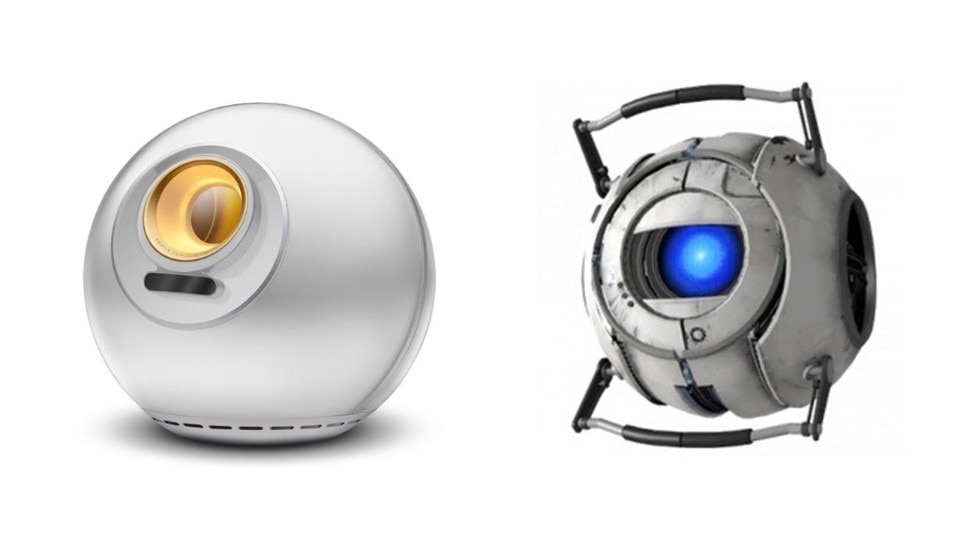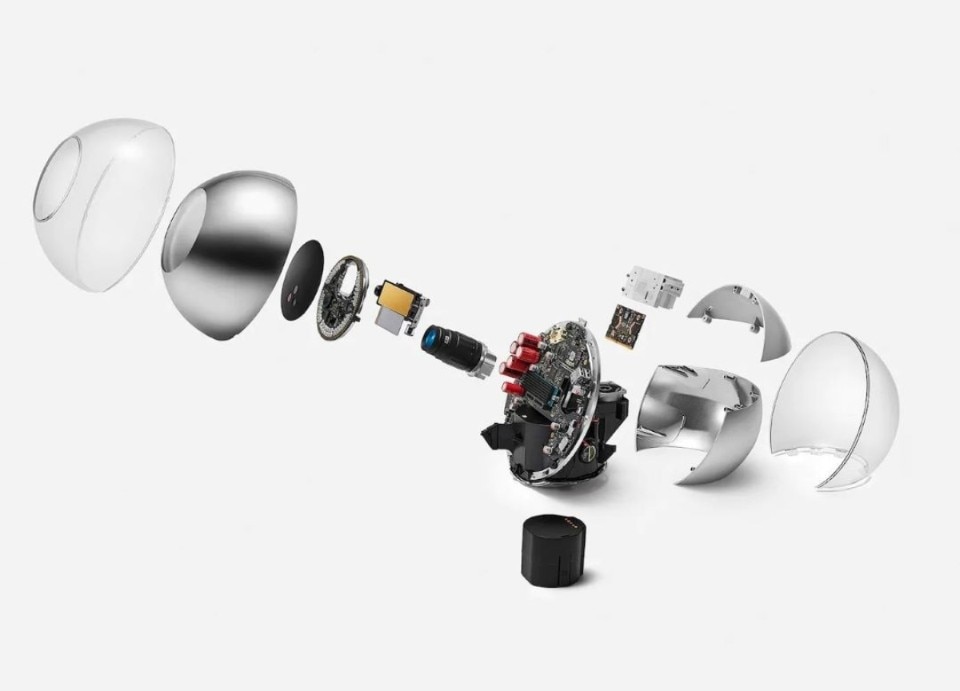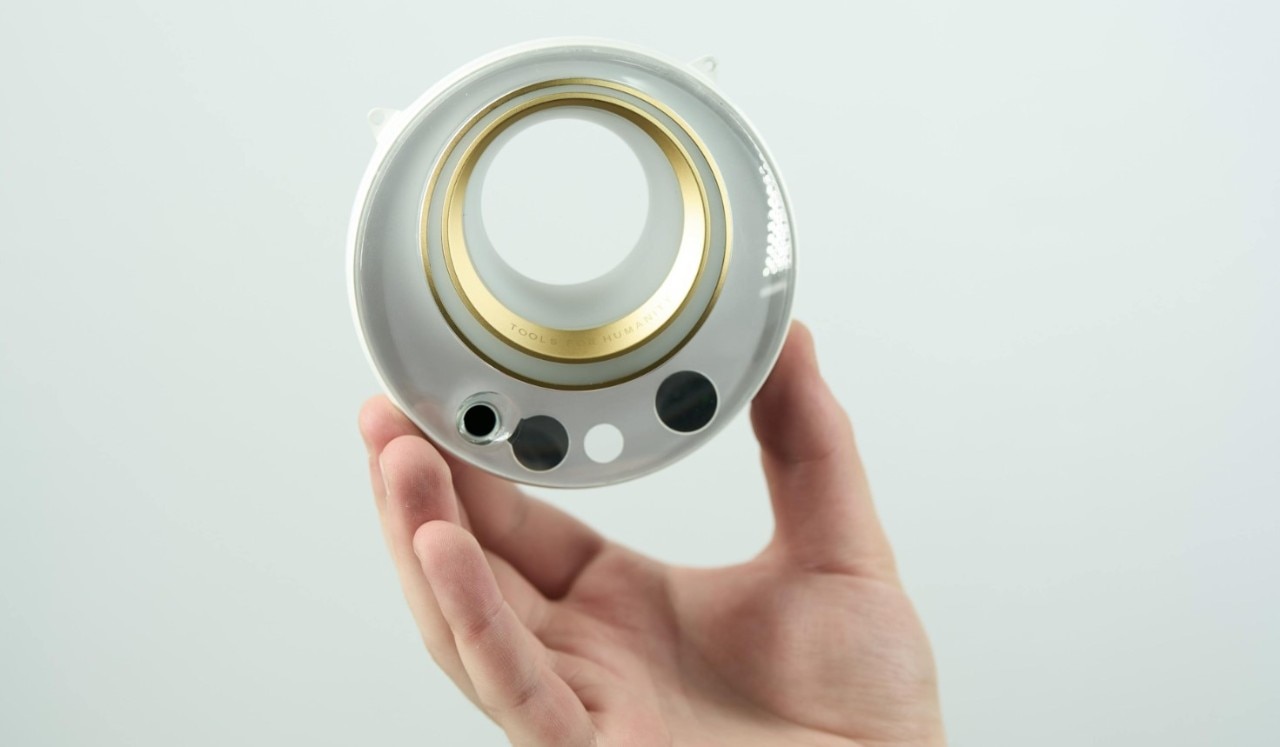If you think creating a metal and plastic sphere with a camera to scan people’s eyes and univocally identify them as human through iris recognition is an unsettling idea, there’s a very high chance that you’re not Sam Altman.
The OpenAi cofounder, together with German researcher Alex Blania, launched the Worldcoin project in 2023 exactly with this goal: scanning people’s irises to identify them as human in preparation for a future where discerning humans and AI will be — allegedly — increasingly difficult.
At an event in San Francisco last week, Altman and Blania unveiled Worldcoin’s first rebranding. The project is now called only “World,” short for World Network. The new name better describes the idea, the company said, as its goal and structure expand. World is now the umbrella for a set of services based on the World Chain, World’s blockchain, the World app, Worldcoin — the crypto itself - and World ID, the identification system.
To obtain the initial registration payout in Worldcoins, people can now even use their biometric passport through NFC on their phone by using the World App, adding to the deliberate personal data collection that underpins the entire project.

If you’re willing to go past the fact that the guy feeding us this dystopian narrative is the same Sam Altman who’s actively contributing to create it through his other main venture, the project could even have some technological appeal. The idea of scanning irises and solving the concept of “proof of personhood” through an alternative to state-issued ID documents is perfectly in tune with the nature of Silicon Valley’s AI billionaires. It also won’t surprise anyone that the guy who yearns to play a softcore evil sci-fi villain in everything he does would go down this eyeball-scanning alley.
Along with the rebranding, Blania and Altman also unveiled World’s second-generation eye-scanning Orb. It packs a new Nvidia Jetson chip, making the whole process 5 times faster and opening up to a flurry of new possibilities. That includes an enticing option for self-service eyeball scanning at unmanned World Network kiosks. And here comes the fundamental gripe, which for us has little to do with the socio-political implications of the ethically broken project and a lot to do with its aesthetics — the Orb’s design is appalling.

What is with genius Silicon Valley millennial billionaires and their obsession with adhering to a sci-fi villain persona with everything they do?
The new Orb is still a sphere and now looks even more uncanny than the previous one. Instead of a shiny silver finish, it’s whiteish and looks exactly like Wheatley, the “intelligence-dampening robot” from the Portal videogame franchise. While World could go in a hundred different original directions with their Orb, they instead decided to stick to the trite and banal sci-fi prop look that people would expect from a futuristic piece of unethical tech.
We could deep dive into a semiotic rabbit hole to try and find out why millennial and gen-X tech overlords think that referencing popular video games and movie culture is a clever design choice. Just look at Elon Musk and his shiny rockets and Tesla’s humanoid remote-controlled robots, after all.
It’s really a lot to accept that we’ll live in a future shaped by the power of tech billionaires. On top of that, imagine having to stomach that everything around us will be shaped to follow their infuriatingly uncultured taste.

Accademia Tadini on Lake Iseo reborn with Isotec
Brianza Plastica's Isotec thermal insulation system played a key role in the restoration of Palazzo Tadini, a masterpiece of Lombard neoclassical architecture and a landmark of the art world.


















